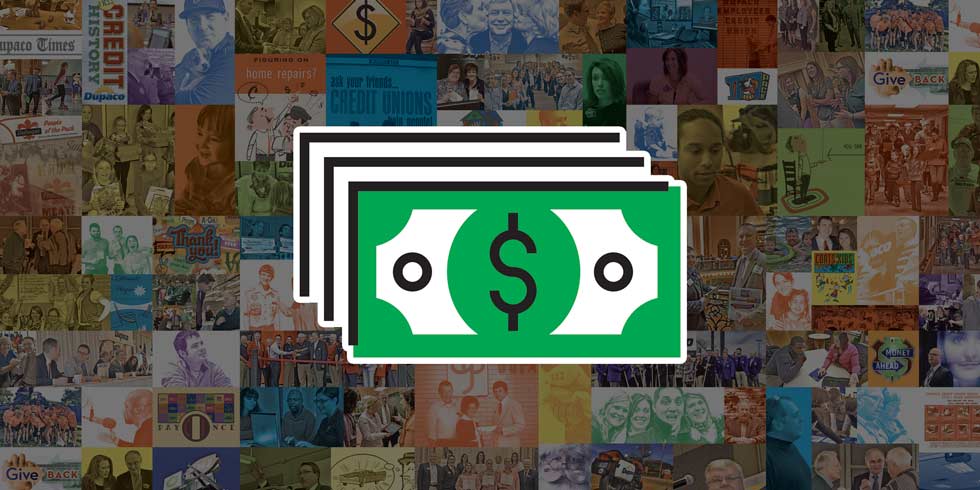
If you’ve made a profit but don’t have the cash to pay your tax bill, it’s time to take a closer look. You might discover that you have hidden money in extra stock, debtors or assets.
Search for your missing revenue
There are a few reasons why you might have done well this year but have nothing to show for it. Your profit might be:
- Owed by debtors. Some of your customers might not have paid yet for the goods or services they purchased from you.
- Locked up in stock or raw materials. Buying in bulk and having unsold stock adds assets to your balance sheet but decreases your bank balance.
- Used to purchase new assets. If you bought a new work vehicle, you wouldn’t be able to claim all of it as an expense in the year you purchased it. Instead, it’s depreciated over many years.
- Owner withdrawals. All business owners need to support themselves with the profits from their trading. But finding a balanced amount to pull out of your business can be tricky.
Sign up for free management coaching >
Creditors and debtors
All businesses have customers who pay on credit and suppliers who let them purchase on credit.
There’s a time lag between when these transactions happen and when the money changes hands.
As a result, your profit and loss statement can show higher sales and cost of goods sold (COGS) figures while your financial account stays the same.
Selling on credit
Following a prosperous year, you’ve probably looked at your profit and loss statement and wondered where your earnings went. It’s essential to first understand what this statement shows.
This statement shows all your business’ income (whether received or not) and expenses (whether paid or not) over a period.
For example, let’s say you sold $10,000 of goods on credit a few weeks before the end of the financial year.
As a result, you won’t have been paid yet. But this sale is included in your profit and loss statement.
Your business has $10,000 extra profit listed on your records without having the cash to show for it. But of course, the money will be in your bank account after your customer pays.
Reducing the gap
To minimize the difference between what your statement and wallet say, regularly review your debtors. Then, follow up on any requests for payment and take appropriate action to collect debt when customers miss their due dates.
These debt-collection tips can help >
Paying your creditors early will help reduce the gap. But aim to pay as late as possible, so your business has higher cash reserves for longer.
Consider using a cloud accounting system that reconciles accounts in real-time. You’ll be in a much better place to take timely action when you can track transactions in real-time.
Understanding cost of goods sold
COGS is the direct cost of buying and creating the goods you’ll sell to your customers. It’s simply your:
- Beginning inventory (for example, $10,000) for a certain period, plus
- Inventory purchases (for example, $50,000) during that period, minus
- Inventory at the end of the period ($40,000)
In the above example, your COGS would be $20,000. If you have a manufacturing business, you might also have direct labor to add to this total. Other costs might include freight, storage or factory overheads.
Many service-based businesses won’t have any COGS since they sell their time.
Reinvesting your profits
In many ventures, profit gets reinvested to grow the business. This reinvestment will often be in the form of more stock and more debtors. But profits can also fund capital expenditure.
If your business reinvests some of its earnings in purchasing a new asset, your balance sheet will show it as an asset, while your profit and loss statement will only show the depreciation expense for the current year.
Essentially, your account balance will be lower than what your profit and loss statement suggests it should be.
Withdrawing too much money
You can inhibit your business’ growth by taking too much profit out. You’ll also have fewer cash reserves at the end of the financial year.
If your business has more than one owner, make sure there are appropriate budgets for each one. If you clearly state how much profit and how often to pay each owner, you shouldn’t be concerned about missing revenue through this avenue.


